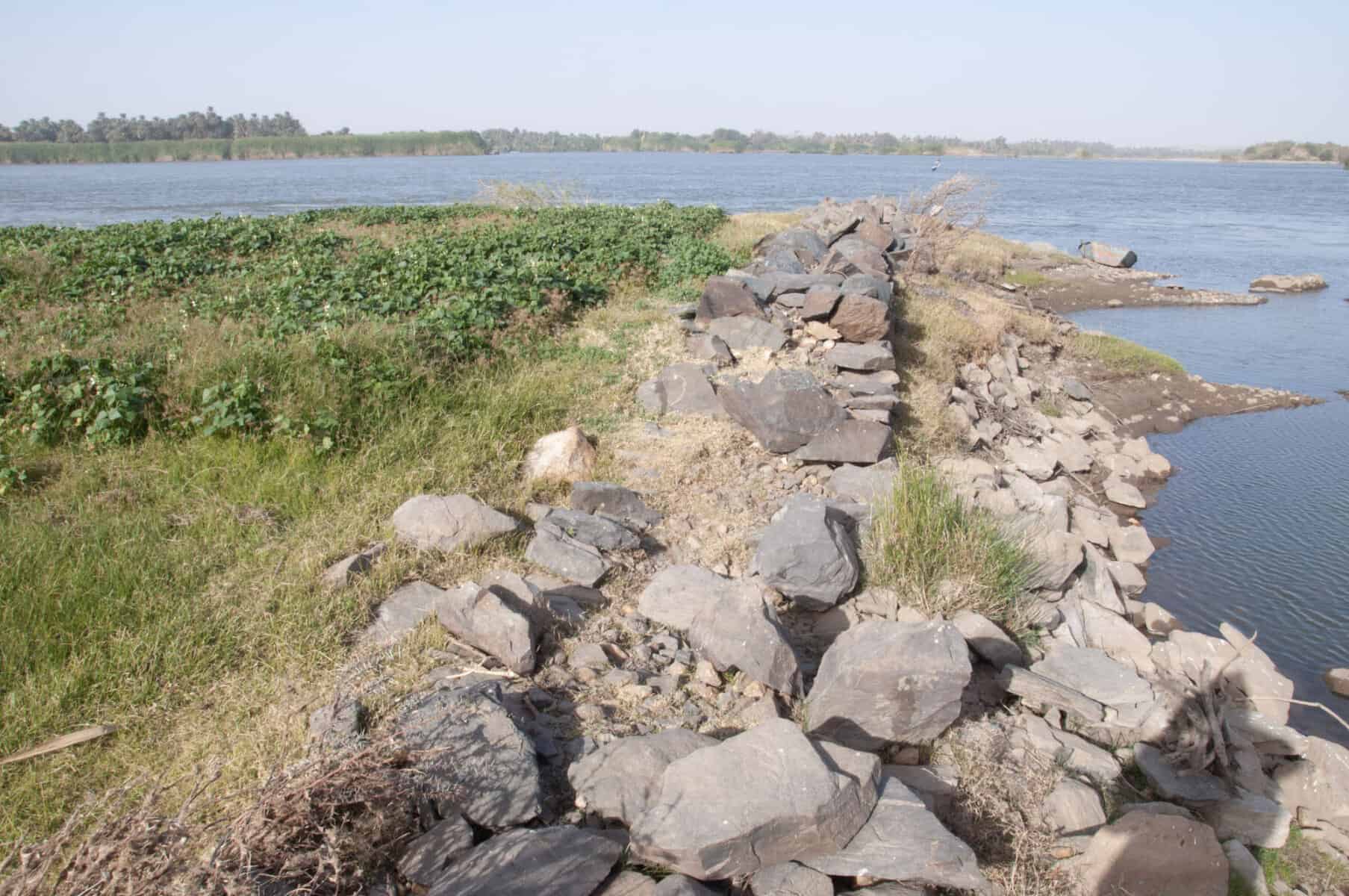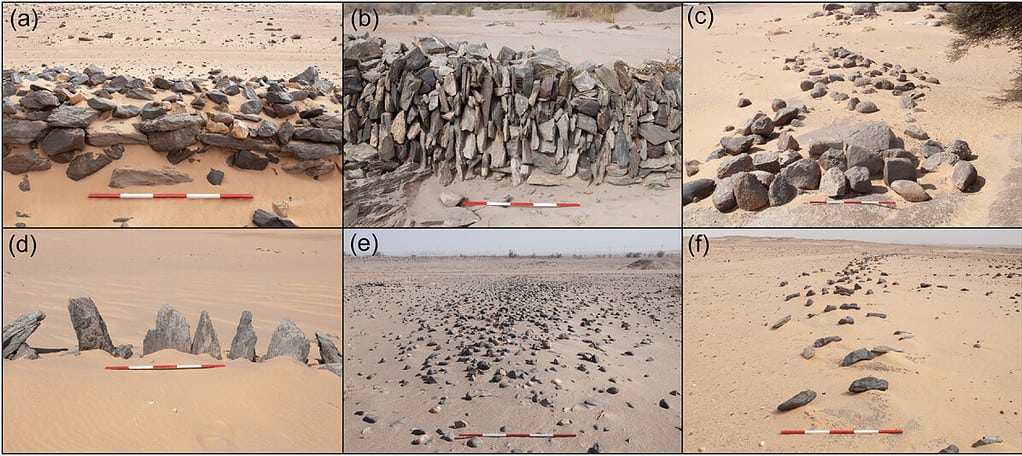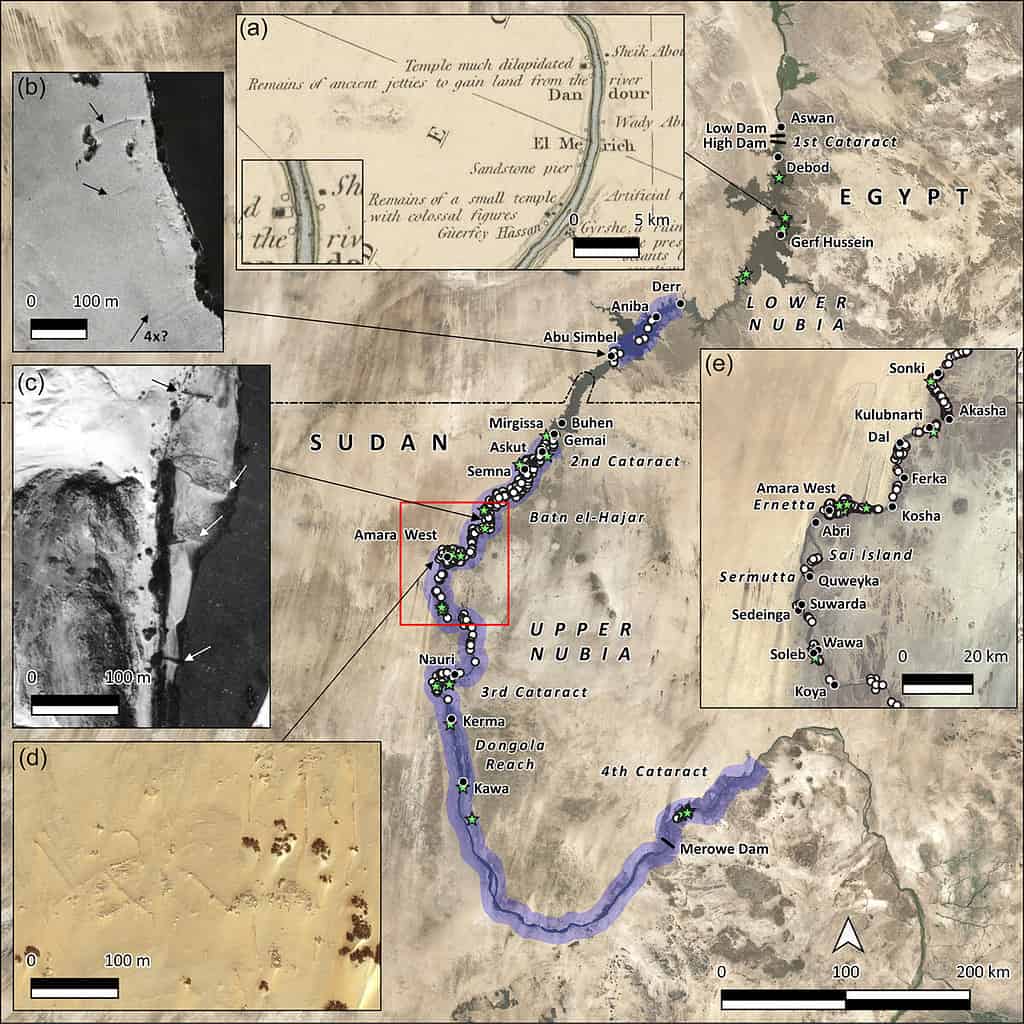Following a stretch of around 1000 km along the Nile River, you can find hundreds of bizarre stone walls. Some were built relatively recently to trap nutrient-rich Nile silt for agriculture, a practice that has been recorded since the early 19th century. But others are more mysterious.
Now, using a mixture of satellite, drone, and chemical data, researchers believe they’ve discovered their purpose: long-term hydraulic engineering.

Walls on the Nile
When it comes to archaeology, there’s no place quite like Egypt. Ancient Egyptians built like no other culture, but most attention falls on pyramids and other similar monuments. However, humbler structures are just as interesting to archaeologists. Take, for instance, the hundreds of “river groynes” now submerged beneath the Aswan High Dam reservoir. These groynes are basically dykes or walls used to direct the flow of water, but their exact function was unclear until now.
“We used satellite imagery, drone and ground surveys, as well as historical sources, to locate nearly 1,300 river groynes between the 1st Cataract in southern Egypt and the 4th Cataract in Sudan,” said lead author, Dr. Matthew Dalton of The University of Western Australia
To make matters even more mysterious, many such structures are now located in the desert, within ancient, dry Nile channels. The authors of a new study explain that even these structures were built to manage the Nile, but the flow of the river has changed with the ages.

We know that reaches of the Nile in Sudan had multiple channels earlier in the Holocene and many of them dried out when river flows decreased due to climate change,” said study co-author Professor Jamie Woodward of The University of Manchester.
The first task was to date the structures. Using radiocarbon and luminescence dating techniques, the team established that many of these ancient channels were built some 3,000 years ago. The team analyzed their position, their structure, and where the Nile was when they were built. They concluded that the walls trapped fertile silt during the Nile’s flooding season. This enabled the building civilization to grow crops on the land without any additional artificial irrigation.

Furthermore, it seems that the Egyptians weren’t the first to build them. The region’s Nubian civilization appears to have built them first, after which the Egyptians also picked up the technique. Furthermore, this simple technique appears to be so effective that its usage continues even in modern times.
“From speaking with farmers in Sudanese Nubia, we also learnt that river groins continued to be built as recently as the 1970s, and that the land formed by some walls is still cultivated today,” Dr. Dalton said. “This incredibly long-lived hydraulic technology played a crucial role in enabling communities to grow food and thrive in the challenging landscapes of Nubia for over 3000 years.”
But not all these structures are the same. Some stone walls were much larger — measuring up to 5 meters in thickness. Researchers believe these walls were used to direct river flow and facilitate boat navigation through the treacherous Nile rapids.
The scale of the constructions is impressive. It’s not just one or two scattered walls, we’re talking about a thousand kilometers where the system was carefully deployed. In fact, says Dr. Dalton, this structure could be one of the unsung heroes that enabled civilizations along the Nile Valley to prosper.
“These monumental river groynes helped to connect the people of ancient Egypt and Nubia by facilitating the long-distance movement of resources, armies, people and ideas up and down the Nile.”
Journal Reference: Matthew Dalton et al, Three thousand years of river channel engineering in the Nile Valley, Geoarchaeology (2023). DOI: 10.1002/gea.21965






